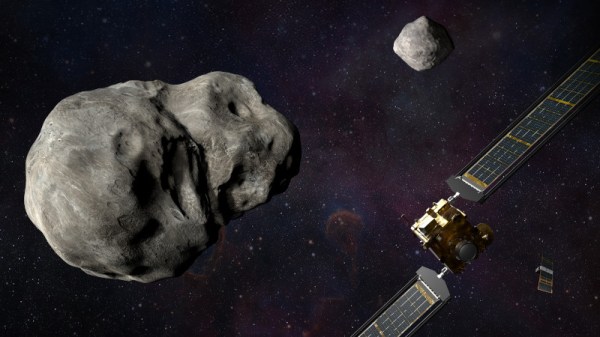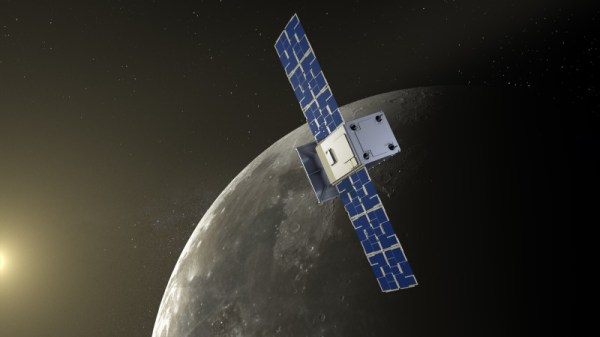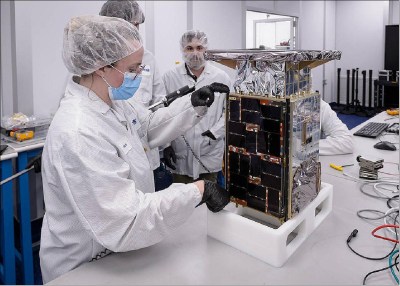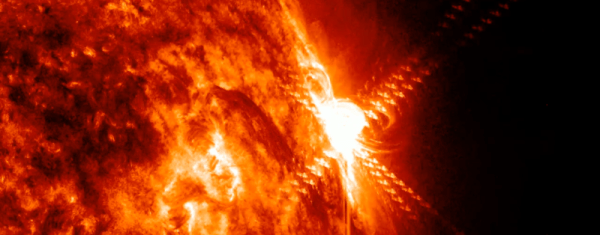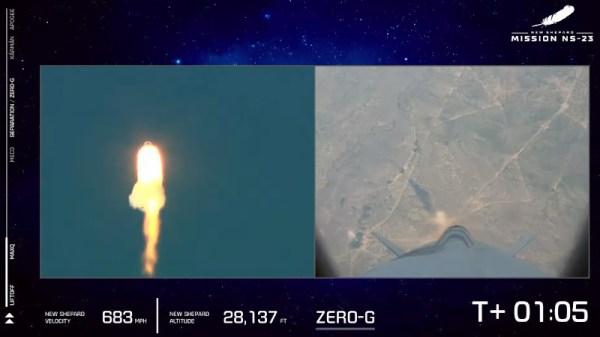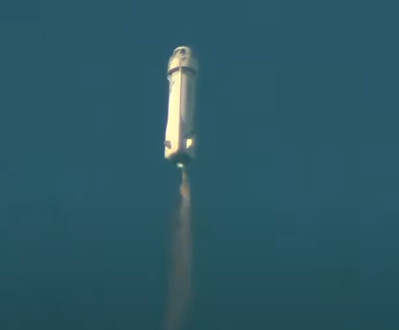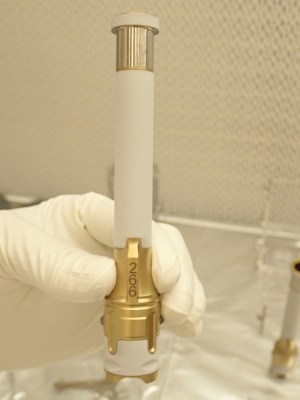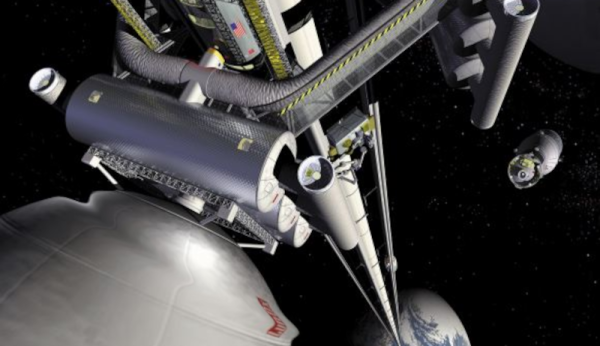Got any plans for tonight? No? Well then you’re in luck, because NASA is just a few hours from intentionally smashing a probe into the minor planet Dimorphos as part of Double Asteroid Redirection Test (DART) — marking the first time humanity has ever intentionally tried to knock a space rock off-course. If it works, we’re one step closer to having a viable planetary defense system in case we ever detect an asteroid on a collision course with Earth. If it doesn’t work. . . well, we’ve still got time to come up with another plan.
To be clear, the 170 meter (560 feet) wide Dimorphos DOES NOT pose any threat to us, nor will it after NASA smacks it around with an ion-propelled spacecraft. This is simply a test to see if a small spacecraft impacting an asteroid head-on can slow it down enough to appreciably change its orbital trajectory. We won’t know for a week or so if the impact did the trick, but it should still be fascinating to watch the crash happen live.
We’ve embedded the two NASA streams below. The first one will start about a half an hour before impact and is going to show live navigational images of Dimorphos as the DART spacecraft zeros in on its target, and the second stream will cover the main event. Keep in mind this isn’t a Hollywood film we’re talking about — don’t expect any dramatic explosions when the clock hits zero. When the telemetry stops coming back, that means it was a bullseye.
Continue reading “Watch NASA Crash A Probe Into An Asteroid Tonight”

